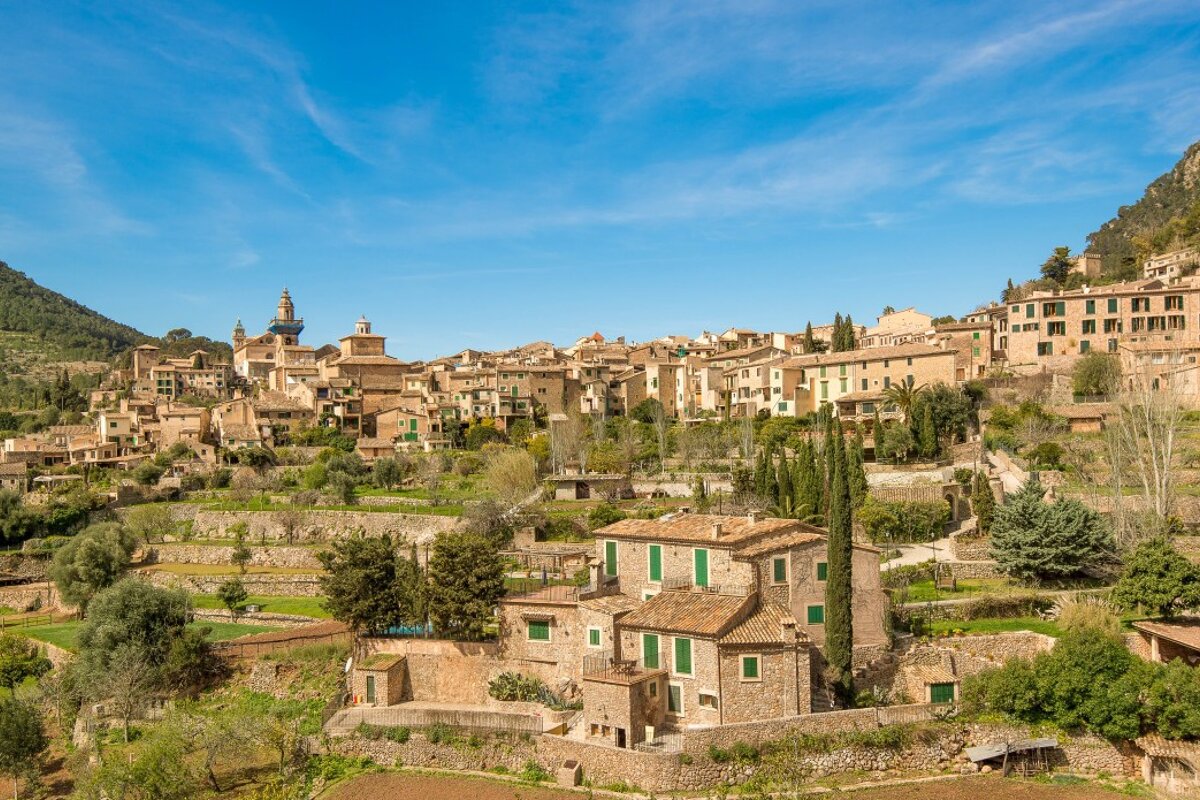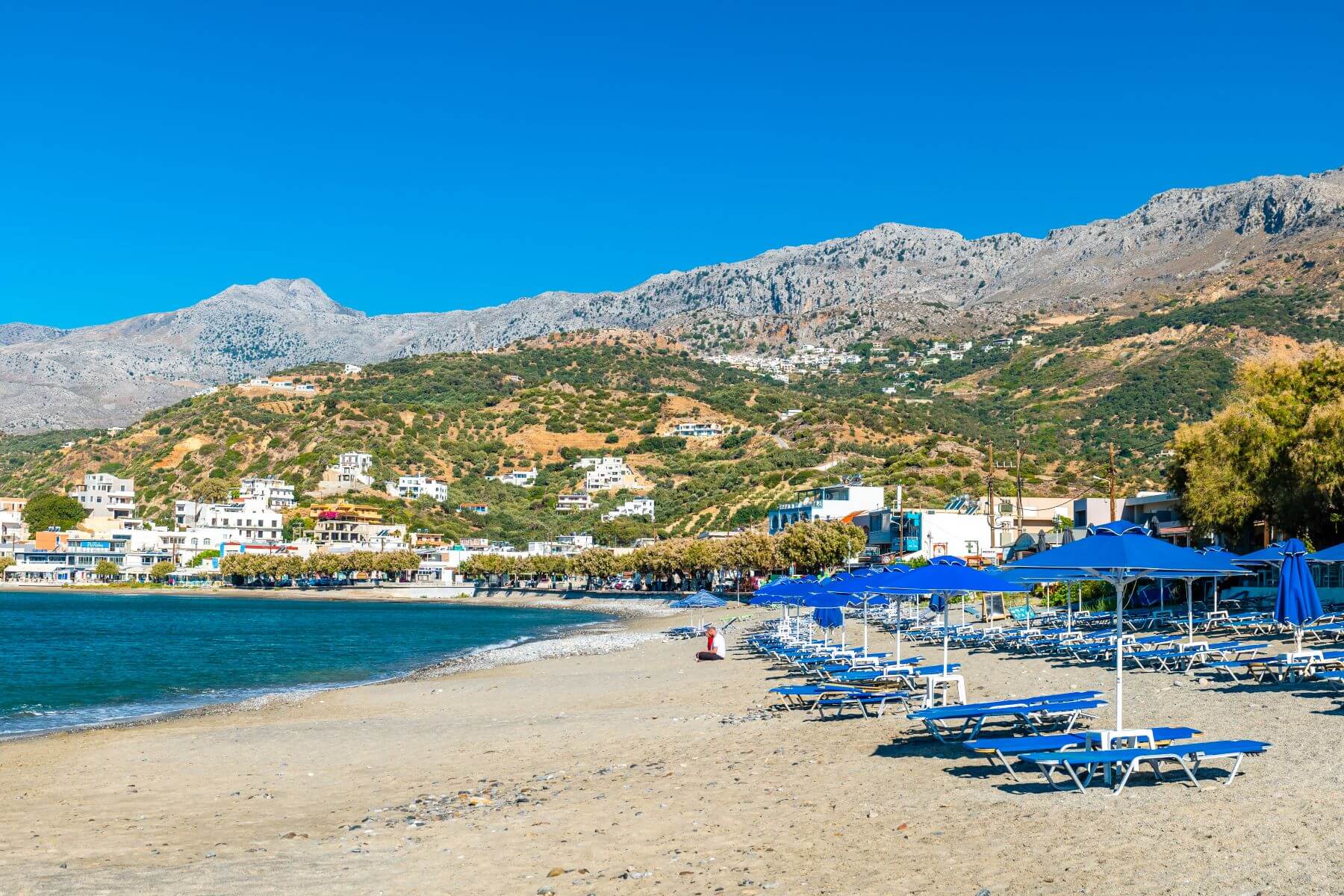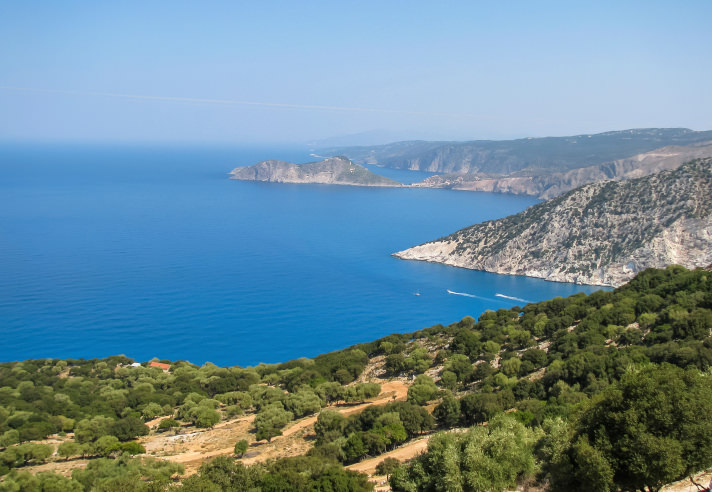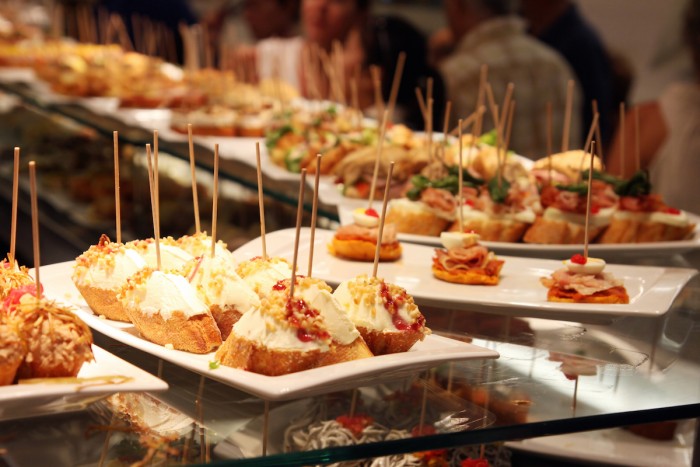Road trip through the Maurienne Valley: Les Sybelles
The French Maurienne Valley is not very well known among winter sports enthusiasts and that is actually quite crazy. There are so many special places to discover here! Karin made a road trip through the Maurienne Valley and takes you on her journey in four parts.
Here and there we start to see a bit of blue, between the hitherto completely white cloud cover. Would it then? Will we still get to see those three typical peaks, the Aiguilles d’Arves? Because that’s one of the coolest things about skiing in Les Sybelles, that you can see those striking peaks from everywhere. However, those 300 kilometers of slopes for just next to nothing is not a bad reason to go here.
Saint Jean d’Arves
We started our day in Saint Jean d’Arves, our first stop in the immense ski area named after the number of villages in the area: ‘Six Belles’, the six beauties. Saint Jean d’Arves certainly lives up to that name. In this authentic farming village you will not find high-rise buildings or the sleek architecture that France is known for. Saint Jean has remained authentic and small-scale, as we also hear from our ski instructor Yann. Yann himself is perhaps the best example of this: he is not only a ski instructor, but also a farmer (in the summer his cows graze on the alpine meadows where we now ski) and also deputy mayor of the municipality who souls count. And so Yann knows everything about the area: that a huge project is planned for the coming years, whereby almost all lifts will be replaced by faster ones, that the highest alpine meadow in Europe is located in this area (at the top Ouillon, to be precise to be) and that for the best local food you have to go to La Grenouillère.


Le Corbier
From Saint Jean you will be in Le Corbier in no time. We warm up with some fine blue and red runs in both areas that are in top condition thanks to the fresh snow from the night before, and grab an unprepared black to really earn our lunch. We soon discover that Le Corbier looks very different from Saint Jean: this ski resort was built in the 1960s and it shows. High-rise buildings and a real ‘front de neige’, in other words a central square where a number of lifts meet, where the ski school gathers and where you will find shops and restaurants together.
The spirit of the times is reflected in the names of the buildings and the special architecture of the Office du Tourisme: the buildings are named after Russian satellites, which were first launched at the time, and the Office du Tourisme is shaped like a kind of UFO . Even though we don’t quite see the buildings belle However, they are practical: they are interconnected by a long gallery on the ground floor, with shops, restaurants, not to mention the local bakery. We can already see ourselves, despite a howling snowstorm outside, getting our baguettes and croissants for breakfast in our pajamas.

After lunch we are lucky: in the morning it was still cloudy (heritage of the freshly fallen snow), in the afternoon the sun seems to manage to get through the cloud cover. And there they are, our long-awaited Aiguilles d’Arves! Unexpectedly, because clearings were not predicted, but we still get the chance to take in some beautiful views in this sympathetic area.


We’re thinking you might be able to determine your location in the area based on which side you’re seeing the Aiguilles from, but we’ll just follow Yann. It shows us a few more beautiful views, before taking us to La Toussuire.
La Toussuire
La Toussuire is very similar in architecture to Le Corbier. Sixties high-rise buildings and not really Mother’s prettiest. But also practical, and what we like just as much: the pace of the elevators that converge on the front de neige. We also notice the quality of the slopes here: they were fine and accessible in Saint Jean and Le Corbier, here in La Toussuire they are real motorways. Thanks to the freshly fallen snow, we can enjoy ourselves here for a while and we carve until we drop.
Saint Sorlin d’Arves
From La Toussuire you ski on to Saint Sorlin d’Arves, after which you have had the whole area. If you ski hard, you can ski back and forth in a day, but you can also just take the ski bus back between Saint Sorlin and Saint Jean. They are not that far apart, but you have to go back by ski via La Toussuire and Le Corbier. In terms of architecture, Saint Sorlin has come full circle: this is another beautiful, authentic village with centuries-old farms, baroque chapels and even a church with special decoration on the outer walls. If you’re here, don’t forget to eat at Le Barock: not only good food, but also a nice chat with the Dutch owner.


But it was six ‘Belles’, right? That’s right: in our trip we didn’t have Saint Colomban des Villards and Les Bottières. These are again two authentic villages, which are a lot smaller than Saint Jean d’Arves. Few tourist beds here and therefore quiet and really authentic, but you should not be here for après-ski.
The latter is more likely to be found in Saint Sorlin d’Arves, because who doesn’t know the Yetibar here? Many a student experienced unforgettable nights here – or, on the contrary, no longer has a clue of what has happened. Après-ski in France can also be done in other ways than with a beer in the bar: when we walk past the Office du Tourisme around six o’clock, we see that people are yooning on the slopes: it seems a kind of combination of a huge skate and a sled. Not only the children have a great time, groups of friends also go down the hardest and naturally try to outdo each other.

Due to the great prices, Les Sybelles is known as the ultimate student destination, but if you come during the school holidays, then it is families with children what the clock strikes. Les Sybelles also appear to be attractive to them: if you do not have a large purse, but would like to ski with four or five people, then Les Sybelles are the way to go. Yann also indicates this: even after the enormous project that is planned for the coming years, the prices will remain manageable. Because that is what Les Sybelles is and wants to be: the ideal combination between affordable skiing in an impressive ski area, where everyone gets their money’s worth thanks to the variety of the six belles villages.
Thanks to: Karin Jurgens.
Photo credits header: diego cervo – Fotolia.com.








